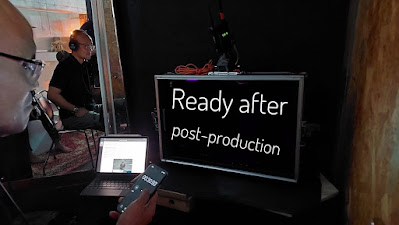It’s natural. Artists tend to be narcissists.
I think it’s ok to keep the end product mysterious (especially the ACTUAL shot onscreen). Not showing the process doesn’t devalue our worth as creative human beings.
We seem to be normalizing these reveals too damn early. I admit I have also been guilty of it sometimes.
Is it healthy to reveal the set, the costume, character styling way too early in production? Would we be devaluing the artistic process in the long run? There are multiple teams of people and departments working behind that Shot.
Perhaps it’s ok to reveal screenshots, costumes and sets only AFTER the project is exhibited. Or something within a curated marketing process closer to the exhibition date for maximum hit.
Between a tease and a reveal, I’ll choose the former. It’s fine with selfies and playful wefies as long as it doesn’t take away the artistry. It takes EVERYONE on set to work together to ensure the mystery of The Shot is maintained.
Some of my collaborators may have noticed this embargo being a contractual obligation previously. This is something I want to do better at - something I have enforced, especially on reeljuice sets.




